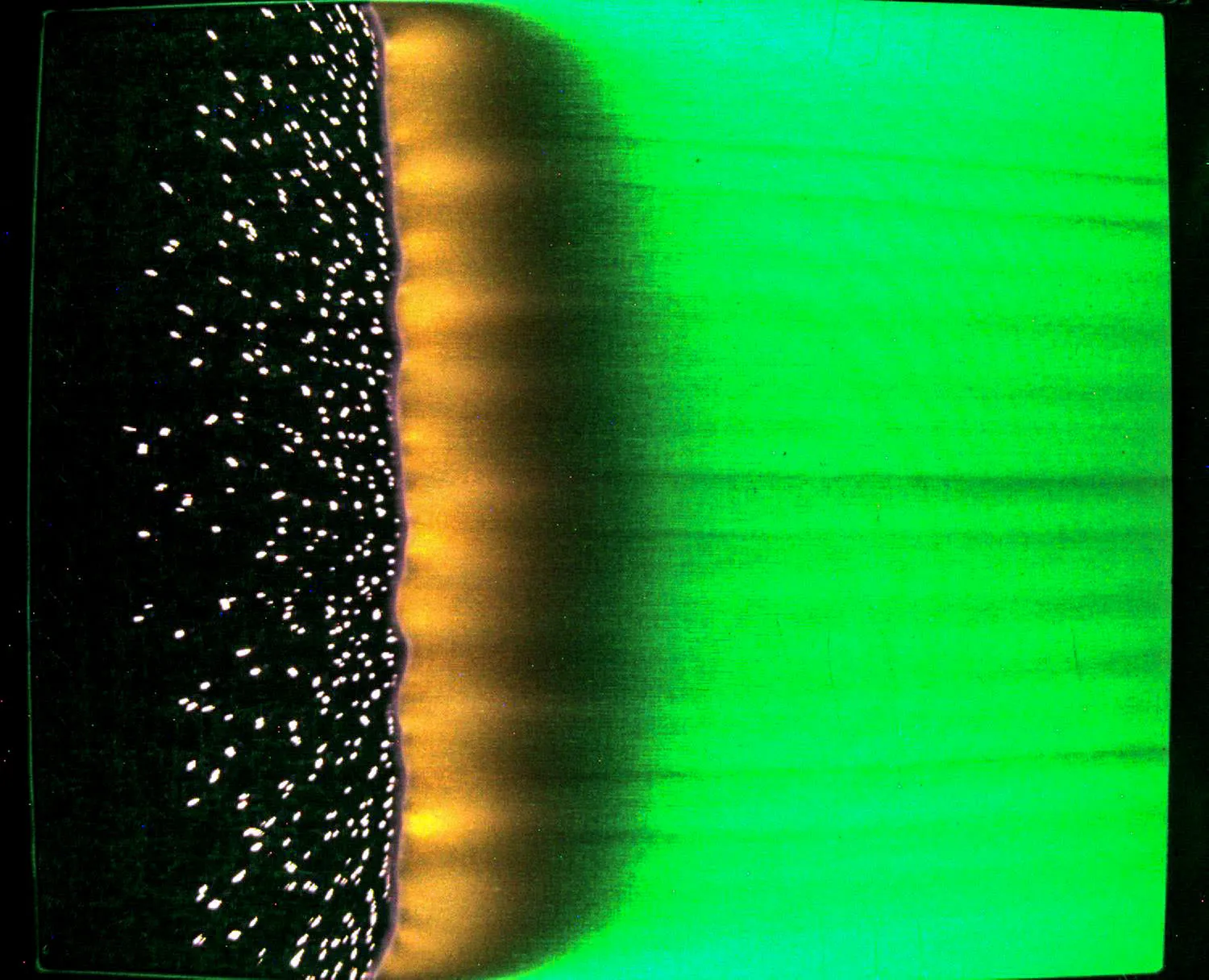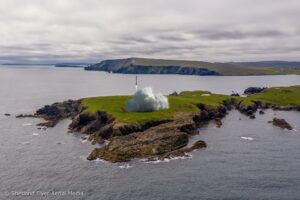Burn This Spacecraft Down: Why NASA Sets Fire In Orbit?
20th Feb 2024
NASA has recently finished the last mission of the Spacecraft Fire Safety Experiment (Saffire). These investigations offered valuable insights into the behaviour of fire in the space environment for future space missions to the Moon and Mars.
Saffire-VI – the final experiment of the series
Saffire-VI brought an end to an eight-year series of studies for future deep space missions. The mission was sent to the International Space Station in August 2023. It concluded on 9th January 2024, as the Northrop Grumman Cygnus spacecraft it was aboard safely burned up during its planned re-entry into Earth’s atmosphere.
The first fire experiment for spacecraft
As Dr. David Urban, principal investigator, and Dr. Gary Ruff, project manager at NASA’s Glenn Research Center in Cleveland highlighted, the primary goal of the experiment was to improve mission safety and provide insights for the design of future spacecraft and spacesuits.
“How big a fire does it take for things to get bad for a crew? This kind of work is done for every other inhabited structure here on Earth – buildings, planes, trains, automobiles, mines, submarines, ships – but we hadn’t done this research for spacecraft until Saffire”, – emphasized Urban.
Replicating the conditions within manned spacecraft
The Saffire-VI experiment took place inside a section of an empty Cygnus spacecraft that had already left the space station. This setup kept the space station safe and created conditions more like those in a real space flight. What made this final experiment special was that the test unit had higher oxygen levels and lower pressure to mimic the conditions inside a crewed spacecraft.
Getting insights into how fire behaves in space
Saffire-VI consisted of six studies that offered valuable information about the growth and spread of fires in space. Throughout the 19 Saffire-VI experiment sessions, the NASA team and their counterparts at Northrop Grumman made several changes to the air conditions. They proceeded to set fire to materials such as plexiglass, cotton, Nomex, and Solid Inflammability Boundary at Low-Speed fabrics. A bead-lined wire inside the unit initiated the ignition of these materials.
Simultaneously, cameras placed inside enabled the team to watch the flames, while external remote sensors on the Saffire flow unit gathered data about the events inside the Cygnus vehicle. They collected images and information in real-time and then transmitted them to Earth for scientists to analyze.
“You’ve got a heat release rate and a rate of release of combustion products,” Ruff said. “You can take those as model input and predict what will happen in a vehicle.”
In the coming decade, astronauts will embark on deeper space missions to unexplored locations. This research will guide the agency in designing safer spacecraft for ambitious future missions for the Moon and Mars.






Thank you for your comment! It will be visible on the site after moderation.